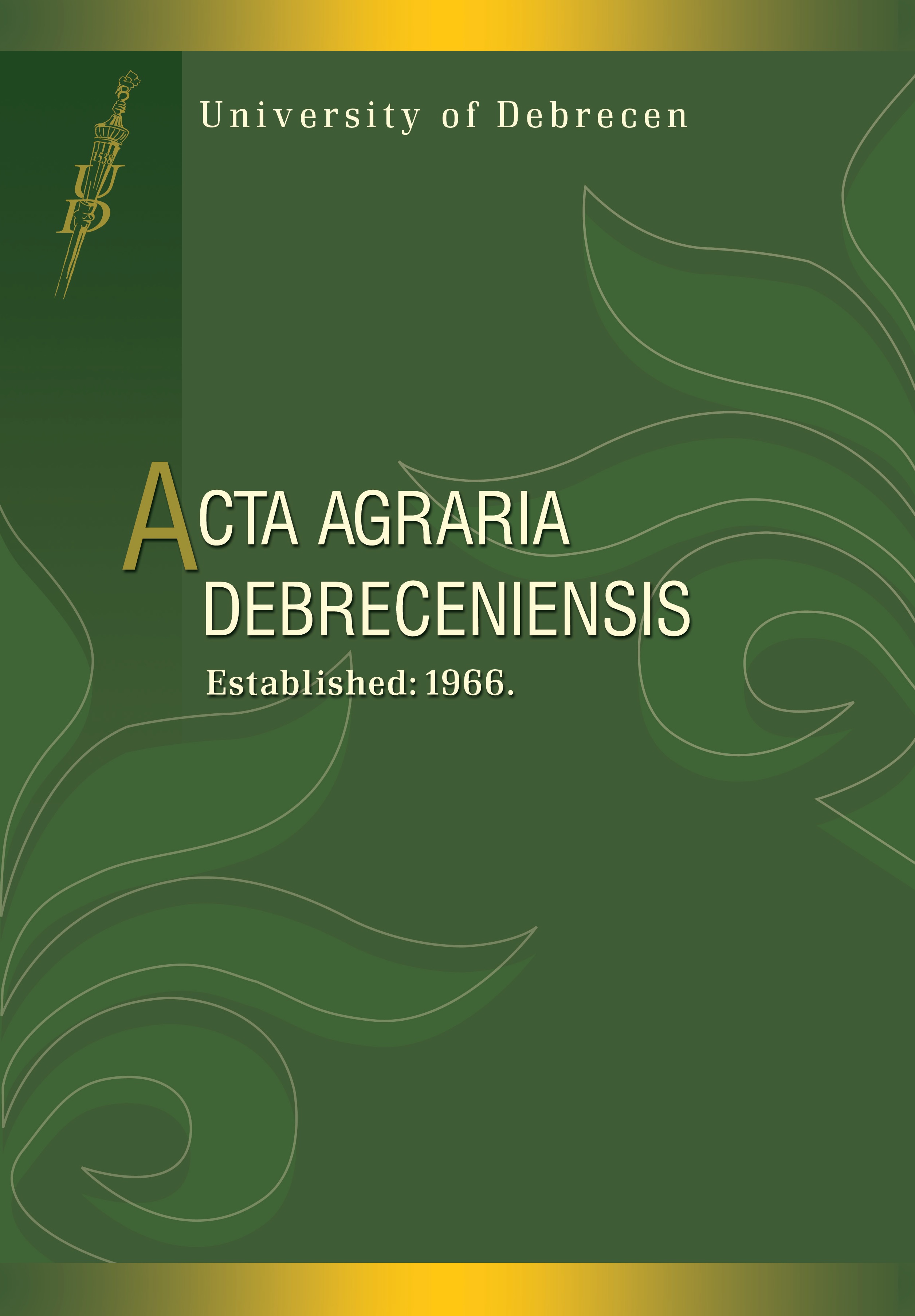A practical means of setting the scene for evaluating aggregated absorption risk in EU co-funded programmes related to project failure
Author
View
Keywords
How To Cite
Abstract
The main purpose of the mid-term evaluation of grant programmes is to assess relevance, progress, effectiveness and efficiency. There are several methodologies, tools and techniques applied in various evaluations to assess these programme aspects. An important area of the evaluation of both the financial progress and the effectiveness of the programme is to evaluate the risk of absorption which is indicated by various factors, inter alia risk of supported project failure. If a project fails in any EU co-funded programme in the stage of preparation or implementation, then the fund already committed to that particular project (assumed to have already been absorbed or “spent”) is to be reused again or is to face decommitment (funds have to be paid back to the EU). There are strict EU regulations governing the time scale of this re-use (n+2, n+3 rules), therefore it is of major importance to assess the risk severity (measured as the resultant of the volume of grant at risk and the chance of project failure) and build up an early warning mechanism which indicates if the risk reaches a critical level that requires immediate intervention.

 https://doi.org/10.34101/actaagrar/59/2004
https://doi.org/10.34101/actaagrar/59/2004